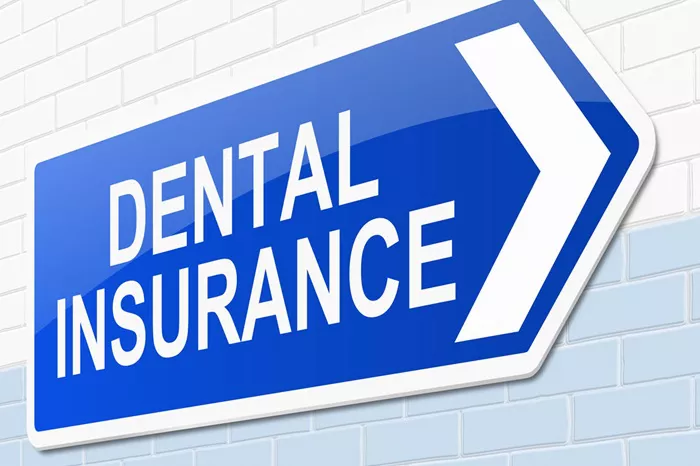Flood insurance can be a big expense for homeowners, especially for those who live in areas where flooding is common. If you’ve ever looked at your flood insurance premium and thought, “Why is this so expensive?”, you are not alone. Many people are asking the same question. The cost of flood insurance has gone up for several reasons. In this article, we will explain why flood insurance can be so high and what factors may be affecting your premium.
We will also talk about what you can do to try to lower your flood insurance cost. We will keep things simple and easy to understand so you can feel more confident when looking at your insurance bill.
What Is Flood Insurance?
Flood insurance is a special type of insurance that covers damage caused by flooding. Flooding can happen because of heavy rain, hurricanes, overflowing rivers, or broken levees. Most regular homeowners insurance policies do not cover flood damage. That’s why people buy separate flood insurance policies, often through the National Flood Insurance Program (NFIP), which is managed by FEMA. Some people also buy flood insurance through private companies.
Flood insurance is very important if you live in a high-risk flood zone. But even if your area has a lower risk, you could still be affected by floods. In recent years, floods have become more frequent and more severe, which is part of the reason why flood insurance costs have gone up.
Why Is My Flood Insurance So High?
There are many reasons why your flood insurance might be expensive. Some of them have to do with your home. Others are about where you live or changes in how insurance is priced. Below are the most common reasons:
You Live in a High-Risk Flood Zone
The biggest reason for high flood insurance premiums is location. If your home is in a high-risk flood zone, you will likely pay more for flood insurance. FEMA has created flood maps that show which areas have the highest risk. These areas are often near rivers, lakes, or the coast.
If your home is in one of these high-risk areas, the chances of flooding are greater. That means insurance companies are more likely to have to pay for damages. As a result, they charge more to cover that risk.
Even if you’ve never had a flood, your area’s risk level still matters. Flood risk is based on past data, elevation, and weather patterns, not just personal experience.
Your Home Is Low to the Ground
The height of your home in relation to the base flood elevation (BFE) can affect your premium. The lower your home is below the BFE, the more likely it is to be flooded. If your home is below the base flood level, insurance companies see it as a higher risk, and that means a higher cost.
Some homes were built before flood rules were in place. These homes are often called “pre-FIRM” (Flood Insurance Rate Map). Older homes that have not been updated may have higher premiums because they don’t meet current building standards.
You Have an Older or Riskier Home
The age and structure of your home also matter. Older homes may not have been built with floods in mind. They may have weak foundations or use materials that are easily damaged by water.
Homes with basements, crawl spaces, or lower floors below ground level tend to cost more to insure. These spaces are more likely to fill with water during a flood.
If your home has not been updated to meet current flood protection standards, your flood insurance will likely cost more.
New FEMA Rating System (Risk Rating 2.0)
In the past, FEMA based flood insurance premiums mostly on whether your home was inside or outside a flood zone. But now, a new system called Risk Rating 2.0 has changed how premiums are calculated.
Risk Rating 2.0 looks at many different factors, such as:
How close you are to water sources
The type of flood risk (heavy rain, river overflow, storm surge)
The cost to rebuild your home
Elevation and structure details
Past flood claims (if any)
This system is meant to be more fair and accurate. However, it has also caused premiums to rise for many people, especially those who were paying lower rates before. For others, it has lowered premiums. But if your costs have gone up, Risk Rating 2.0 might be the reason.
You Filed Previous Flood Claims
If your home has been flooded before and you filed insurance claims, your risk level goes up in the eyes of the insurer. More claims usually mean a higher premium. This is because a history of flooding shows that the risk of future floods is higher.
Repeated flood claims can put your home into a special category called “Repetitive Loss Property.” This label can make your flood insurance much more expensive.
The Cost to Rebuild Your Home Is High
Flood insurance covers the cost to repair or rebuild your home after flood damage. If your home is large, expensive, or built with costly materials, the insurance company will need to pay more to fix it. That means your premium will be higher.
Risk Rating 2.0 takes into account the cost to rebuild your home. So even if you’re in a low-risk area, a high-value home may still have a high premium.
Your Community’s Flood Management
FEMA offers discounts on flood insurance through a program called the Community Rating System (CRS). If your community takes steps to reduce flood risk, such as improving drainage systems or enforcing strong building codes, your premiums may be lower.
But if your community has not joined the CRS or has a low rating, you may not get any discount. This can also make your insurance more expensive.
You Bought Through a Private Insurer
While most people get flood insurance through the NFIP, others buy from private companies. Private flood insurance policies can offer more flexible coverage, but they also set their own prices. Sometimes, these policies are more expensive, especially for homes in risky areas.
Private insurers may also look at your credit score, claim history, and other details that NFIP does not consider. That can cause your premium to rise.
What Can You Do to Lower Your Flood Insurance?
If your flood insurance premium feels too high, there may be ways to lower it. Here are a few steps you can take:
Elevate Your Home
Raising your home above the base flood level is one of the best ways to lower your premium. Even a few feet can make a big difference. This is often a large project, but in high-risk areas, it can lead to big savings in the long run.
Install Flood Vents and Barriers
Adding flood vents to your home allows water to flow through instead of building pressure on the walls. This can reduce the risk of structural damage and help lower your premium. Flood barriers and sump pumps can also help protect your home and may lead to lower costs.
Provide an Elevation Certificate
An Elevation Certificate shows the exact height of your home in relation to the expected flood level. If your home is higher than FEMA believes, this certificate can prove it and lower your premium. This is especially helpful for older homes without proper elevation data.
Choose a Higher Deductible
Just like with other types of insurance, you can choose a higher deductible to reduce your premium. This means you will pay more out of pocket if there’s a flood, but your monthly or yearly cost will go down.
Make sure you can afford the deductible in case of a flood before choosing this option.
Compare Insurance Options
If you are buying flood insurance from a private company, shop around. Get quotes from different providers. Some may offer better rates or discounts. Just make sure the policy provides the same or better coverage as the NFIP.
Talk to Your Insurance Agent
A good insurance agent can help you understand your options. They may be able to find discounts or help you apply for community programs. They can also explain how changes to your home could affect your premium.
Is Flood Insurance Still Worth It?
Even if your flood insurance is expensive, it can still be worth it. Flood damage can cost tens of thousands of dollars—or more. A single inch of water can cause serious problems. Without insurance, you would have to pay for all repairs yourself.
Federal disaster aid is not always available, and when it is, it may come as a loan that you must repay. Insurance gives you real financial protection.
It’s important to look at the big picture. A higher premium might feel frustrating, but it can save you much more in the long run.
Conclusion
Flood insurance premiums have gone up for many homeowners, and there are several reasons for this. The biggest factors are location, elevation, home structure, and changes in FEMA’s pricing system. Past flood claims and the cost to rebuild your home can also play a role.
While it may feel like there’s nothing you can do, there are ways to reduce your costs. Improving your home’s flood resistance, providing better documentation, and comparing insurance options can all help.
Flood insurance may not be cheap, but it’s a powerful tool for protecting your home and your future. Instead of just asking, “Why is my flood insurance so high?”, consider asking, “What can I do to make my home safer and reduce my risk?”
Related topic:
Is Flood Insurance Required in the United States?



















